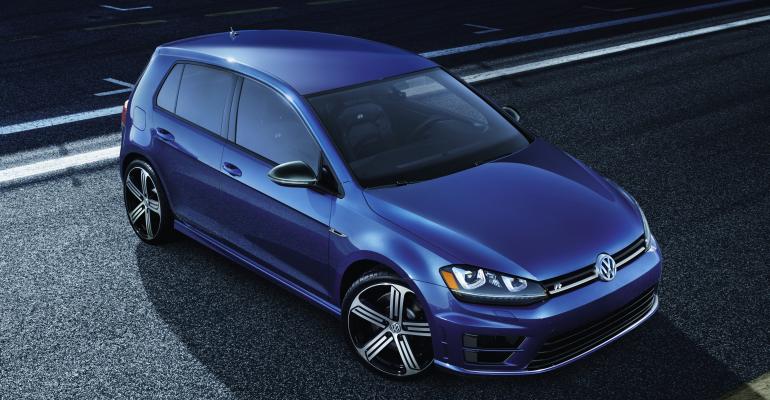LOS ANGELES – Volkswagen is confident its aggressive plan to shorten its product cycle two years will go without a hitch, says its top U.S. executive, who predicts the move will grow volume, increase market share and boost profitability for the German automaker and its retailers.
The plan, says Volkswagen of America President and CEO Michael Horn, is to replace vehicles every five years, with a midcycle refresh three years after initial launch. Until now, VW has been on a 7-year replacement cycle for most of its vehicles, with a refresh after four years, a cadence in line with most of its European competitors.
“This is a bit of a revolution for us,” Horn tells WardsAuto on the sidelines of the auto show here, where the automaker rolled out new production and concept models in its Golf line.
The switch will put VW more in sync with the highly competitive U.S. market, where it has ambitious growth plans but has struggled throughout 2014, in part due to lack of new product.
Horn says the move will require additional engineering muscle, but adds, “That’s OK, because we’ll also sell more cars, our dealers will be more profitable and we’ll be more profitable.”
The sped-up product cycle is tied into VW’s earlier announced plan to invest $7 billion in North American over the next five years, Horn says.
Although he calls the decision a “massive shift within the company,” Horn says the plan has been thoroughly mapped out with engineering, finance and other disciplines within the company “because we had to be sure we are right. And we’re sure, we are right.”
VW’s play could force other competitors in Europe to follow suit, Horn suggests.
Heinz-Jakub Neusser, head of product development, says the sped up product cycle is possible because Volkswagen now is engineering vehicles for global markets, a break from the past when different powertrain combinations and other region-specific tweaks were common.
“The same body types now go all over the world,” he tells WardsAuto. “So there are synergies for the global market.”
VW uses the auto show here to roll out its Golf Sportwagen Hymotion fuel-cell vehicle concept. It is similar to the Audi A7 Sportback h-tron, but does not include a plug-in feature.
The VW version uses four hydrogen storage tanks to provide a range of 310 miles (496 km). Acceleration of 0-62 mph (100 km/h) takes 10 seconds flat, VW says.
Power is rated at 100 kW (134 hp). There’s also a lithium-ion battery on board that collects energy from braking and uses the electricity to help launch the vehicle from a standstill.
As with Audi, executives say VW won’t offer a fuel-cell vehicle until market demand and fueling infrastructure are in place.
“But when there’s demand, all we have to do is throw the switch,” Neusser says.
VW also announces the 292-hp Golf R performance model will base at $36,595 when it hits the U.S. market in February. That car will be equipped with a standard dual-clutch automatic transmission and all-wheel drive. A manual-transmission model won’t be available until early in the ’16 model year, with pricing still to come.
The automaker confirms plans for a Golf R Sportwagen model, though it is unclear if and when that might come to the U.S.





